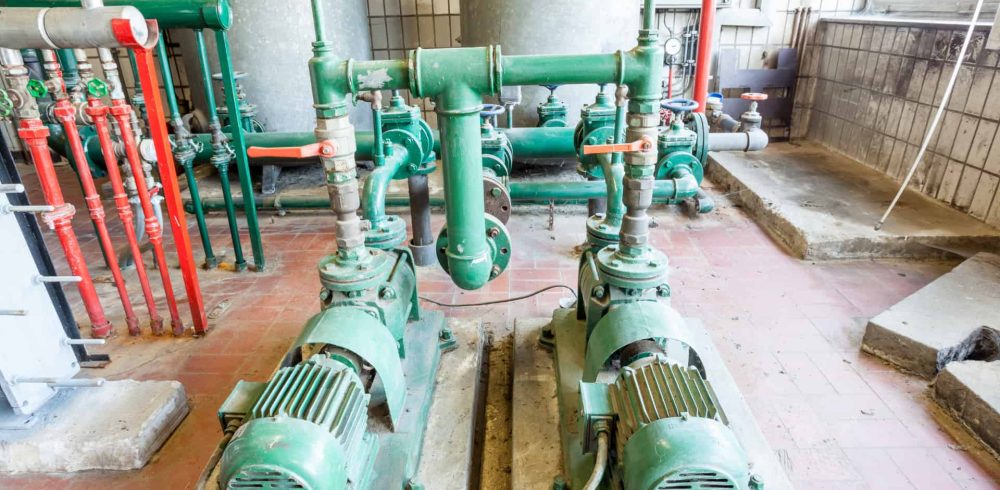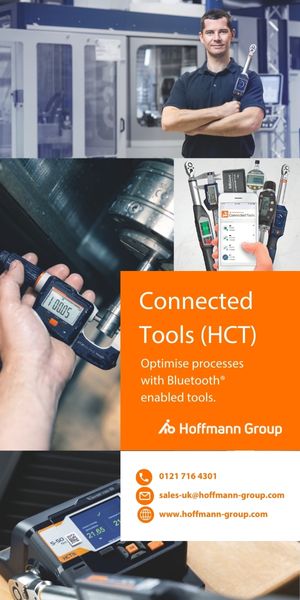Motors and drives of varying types, speed and torque play a vital role on assembly lines worldwide. The components and complexity of the drive system can range from small fixed-speed DC motors to large variable frequency drive AC induction motors. Many of these systems are still within their service lifetime but need updated monitoring capabilities. Expensive, state-of-the-art motors often have these capabilities built-in, but most installations are reliant on simpler, lower cost and often older motors. How can pre-existing motors acquire the same monitoring capabilities and performance metrics as newer models?
Here we explain three benefits of retrofitted monitoring that have successfully given ageing motors and drives a new lease on life: real-time, predictive and preventative, and holistic monitoring.
Real-time monitoring flags electrical and mechanical faults
Many different components of the drive motor process are in motion at the same time, making it important to collect real-time data. Turning electrical power into mechanical action, motors benefit from a combination of electrical and physical monitoring techniques. Motor current signature analysis (MCSA), temperature and vibration monitoring can be combined to deliver real-time performance metrics. This can provide instantaneous and short-period performance comparisons to flag predictive and preventative maintenance. As a result, real-time monitoring provides unequivocal information on the functioning of these systems and flags inconsistencies to determine electrical and mechanical faults.
Predictive and preventative maintenance increases productivity
Drive motor systems are often seen as the real muscles for generating force to power machines in the manufacturing sector. However, the variations of rotational or linear force, varying electrical frequencies needed to control speed and torque, and the need for precise regulation make motors and drives susceptible to change. Wear in the many mechanical and electrical elements of drive systems – such as commutators and bearings – leads to changes over time that if not resolved early enough can lead to expensive maintenance headaches.
Because monitors can constantly collect and aggregate performance data they build a profile of the equipment behaviour that includes an assessment of what “normal” is for each drive system. Analysis of difference from those normative values and generation of long run trend data enables the production of predictive and preventative maintenance data. In turn, predictive data permits pre-emptive scheduling of maintenance on a schedule that maximises operational efficiency.
Holistic monitoring uncovers knock-on effect pinpointing true issue
Drive motors are frequently combined with other mechanical components such as gearboxes, pulleys, belts, and drive shafts. These components can also benefit from use of sensing to monitor their performance. Sensors will look at the whole system as a collective and gather information in real time and over longer periods of time. Next, dashboard analytics can use the data to create a real-world performance profile for each device and system. This historical data sheds light on the function of the system over weeks, months or years.
With motors and the equipment driven being intricately connected, problems in one part may show up elsewhere. Monitoring integrates MCSA, multiple surface temperature probes, and wide bandwidth vibration analysis of the drive systems. Holistic monitoring offering temperature, vibration and electrical analysis in parallel provides the detail needed to identify root cause and the actual issues.
Real-time, preventative and predictive maintenance, and holistic monitoring is possible using DCO Systems’ energy harvesting sensors. They thrive within the conditions of motors and drives because they harness power from vibration, heat or electromagnetism. DCO offer monitoring solutions that can be retrofitted throughout the entire drive system and can enhance or extend data collection.















